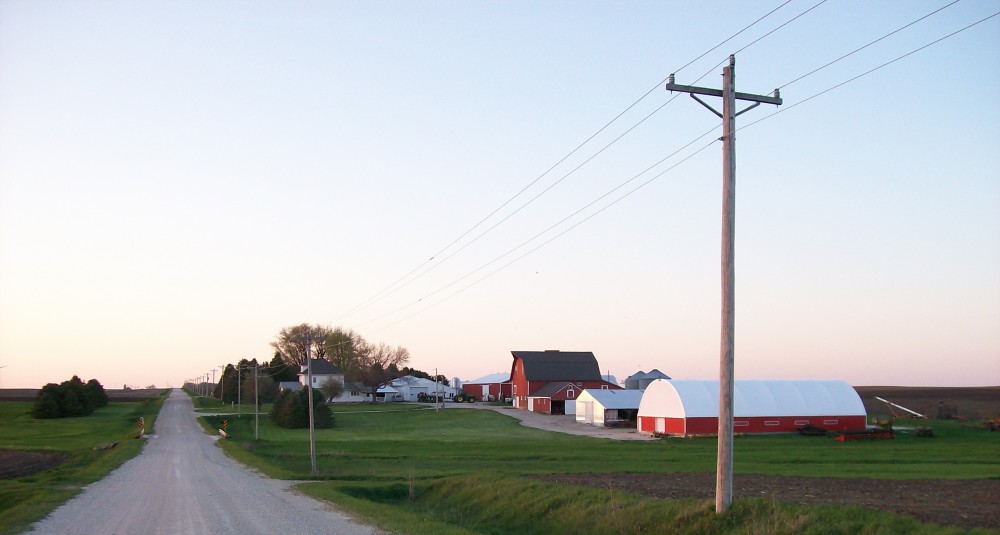Throughout the trip, I have wondered about the concerns of animal rights activists and the farmer. I’m sure we all can agree on the fact that animal cruelty resulting in physical or emotional pain crosses a line. But there are more disputed factors such as the use of gestational and farrowing crates for pigs. In these debates, each side tries describes what would make the animal “happy”. Also, when determining the factors that make the animal, in this case, pigs “happy”, the public and some animal rights activists put themselves in the pig’s position and ask themselves how they would feel in a certain situation. For example, when talking about farrowing crates, many people think of themselves in a small cubicle, which would be uncomfortable to any human being. However, humans do not think like pigs, and pigs do not think like humans. How do we know that the pig is not “happy” in the crate? Perhaps due to the heightened sense of security that comes from having no other pig attack them or their children? Perhaps the pigs are not necessarily happier outside where they can run around? Unfortunately there is no survey that we could give to the pigs to determine their “happiness”. I am also no pig expert and have no knowledge on the mannerisms of pigs.
Emily in a previous post brought up a good point: some people dislike the crates because they are not natural. While I agree with that statement, I must also ask how we know that the pig is happier in a natural enviroment. Does that mean we should release all our pet dogs or cats back into the wild because they are not living in a natural environment? I think not. I will post a picture below of pigs brought up in a crate free environment and those brought up in a farrowing crate, so you can remind yourself of what each would look like.
While my previous paragraphs may have sounded opinionated, I am still not certain of this issue. I do believe that if an animal is used to a certain environment that it would be unhappy if it was put into a new environment. The main issue though is if the animal is truly “happy” in that environment in the first place. I believe that it would be difficult to get an animal to go against its natural instinct, but when it comes to going against the “happiness” of the animal that’s a different story. A study done by Martin Seligman, found that if dogs were place onto a shock grate with no way of escaping the animal would eventually just lay down and take the shock. After this, they animal was placed on a shock grate with a small wall on one side that led to an area that was not shocked. The animal did not move towards the no shocked area but simply laid down yet again and took the shock. Even upon seeing other dogs not in the first condition jumping over the wall, the original dog still remained on the shocked grate. Do we know that this is not what is happening to pigs in the farrowing crates? I don’t know. I do think that if this were happening the farmer’s would observe the pig’s depressed state and take note. However, no one can be certain until a satisfactory study can be carried out.
Before anyone draws conclusions as to what condition pigs are “happiest”, I think that we should ask the experts and ask that they conduct valid studies so that our claims would have more merit.
